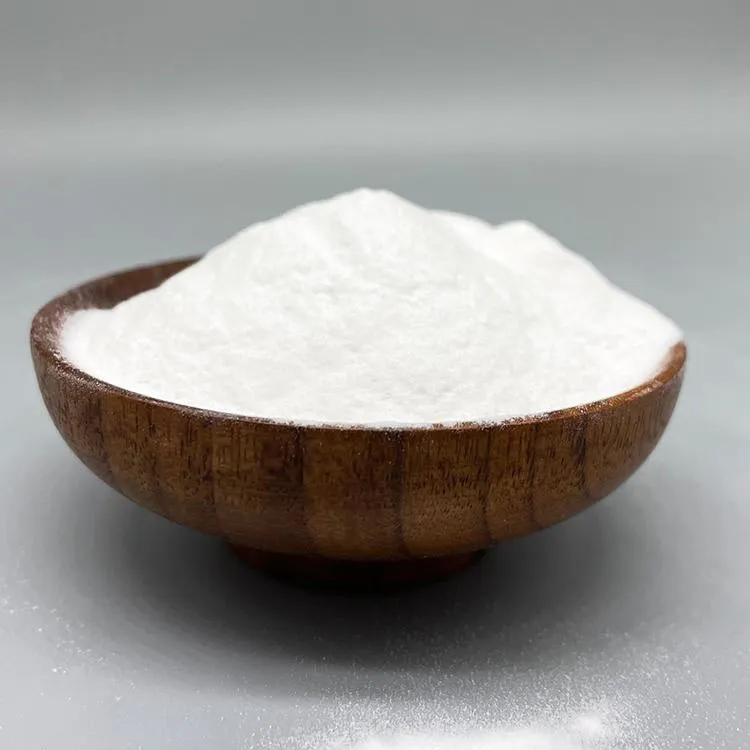
Low Substitution - Hydroxypropyl Cellulose | DC Disintegrant
Low Substitution – Hydroxypropyl Cellulose: What R&D Teams Are Really Asking in 2025
If you make tablets, you’ve probably heard the chatter: fast disintegration, cleaner compressibility, less gumming up wet granulation lines. That’s exactly why Low Substitution - Hydroxypropyl Cellulose keeps popping up in formulation meetings. To be honest, I had the same skepticism at first—until multiple teams (and a few candid operators) told me they saw tablet robustness go up while disintegration times came down. It’s a neat combo.

What it is (and how it’s made)
Low Substitution - Hydroxypropyl Cellulose (often called L-HPC) is an insoluble, swellable excipient used mainly as a tablet disintegrant/binder. It’s produced from alkali cellulose via propylene oxide etherification, followed by neutralization, washing, drying, controlled milling, and sieving. In practice, the partial substitution creates a network that hydrates quickly without dissolving, which is exactly what drives rapid tablet breakup.
Origin: Room 2308, Dongsheng Plaza 2, No. 508 Zhongshan East Road, Chang’an District, Shijiazhuang, Hebei, China. Real talk—supply reliability out of Hebei has improved markedly in the last two years; logistics are steady, lead times are reasonable.
Industry trends you can’t ignore
- Faster ODTs and chewables without exotic processes.
- Switch from crospovidone in moisture-sensitive APIs (lower peroxide risk, some say).
- Preference for compendial excipients with broad pharmacopoeial coverage.
Typical specifications (reference ranges)
| Parameter | Typical value (≈) | Test/Standard |
|---|---|---|
| Hydroxypropoxyl content | ≈ 5–16% | Compendial monographs |
| Molar substitution (MS) | ≈ 0.1–0.4 | JP/USP/Ph. Eur. guidance |
| Loss on drying | ≤ 5–8% (real-world may vary) | USP/NF, JP |
| Particle size (D50) | ≈ 50–120 μm (grade-dependent) | Laser diffraction |
| Heavy metals/impurities | Meets compendial limits | USP/Ph. Eur. |
Certifications: typically ISO 9001; excipient GMP alignment; DMF-type documentation on request (ask to confirm batch-level CoAs and TSE/BSE declarations).

Applications and advantages
- Direct compression tablets: improved tensile strength at lower compaction force.
- Wet granulation: stable swelling without overbinding; decent friability control.
- ODTs/chewables: rapid disintegration, pleasant mouthfeel (customers say “less gritty”).
- Nutraceutical blends: handles botanical actives with variable moisture quite well.
Service life: around 24 months in cool, dry storage, sealed. Keep away from high humidity to preserve flow and disintegrant power.
Process flow (practical view)
Materials: alkali cellulose, propylene oxide, water, neutralizing agents. Methods: controlled etherification → washing/neutralization → drying → milling → sieving → in-process QC. QC includes assay of hydroxypropoxyl content, MS, PSD, LOD, and microbial limits. Batch release per pharmacopoeial monographs with disintegration performance verified in model tablets (USP / where applicable).
Vendor landscape (quick comparison)
| Vendor | Grades (examples) | Regulatory support | Lead time | Customization |
|---|---|---|---|---|
| Tangzhi (China) | L-HPC (low, medium PSD) | ISO; compendial CoA; DMF-style pack | ≈ 2–4 weeks (region-dependent) | PSD tuning; packaging options |
| Shin-Etsu (JP) | L-HPC LH-series | Global pharmacopeial support | Steady; sometimes longer | Established grade matrix |
| Domestic CN suppliers | L-HPC (various) | Varies (verify DMF/CoA depth) | Often short | Flexible, case-by-case |
Customization and testing
Most teams ask for tailored particle size, tighter moisture specs, and specific microbial limits. Request disintegration test data in your own API matrix—sounds obvious, but it changes decisions. For regulated markets, ask for pharmacopoeial compliance statements (USP/JP/Ph. Eur.), stability data, and change-control policy.
Mini case notes
- Generic antihypertensive: switching part of MCC to Low Substitution - Hydroxypropyl Cellulose cut disintegration from ~6 min to ~2.5 min without raising friability (n=3 lots).
- Herbal tablet: with Low Substitution - Hydroxypropyl Cellulose as 6% disintegrant, wet granules dried faster (operators claimed fewer tacky agglomerates), final OOS rate dropped.

Bottom line
If you need a compendial, swellable disintegrant that plays nicely with DC and wet granulation, Low Substitution - Hydroxypropyl Cellulose is a solid bet. Ask for grade-specific PSD, real disintegration curves, and storage guidance. It seems that’s where the “surprisingly good” results come from.
References
- USP–NF Monograph: Low-Substituted Hydroxypropyl Cellulose. United States Pharmacopeia.
- Japanese Pharmacopoeia (JP) Monograph: Low-Substituted Hydroxypropyl Cellulose.
- European Pharmacopoeia Monograph: Low-substituted hydroxypropylcellulose (Ph. Eur.).
- FDA Inactive Ingredient Database (IID): Low-Substituted Hydroxypropyl Cellulose listings.
-
Trusted Cellulose Acetate Sheet Suppliers for Sustainable IndustriesNewsNov.21,2025
-
Top Cellulose Acetate Producers | Sustainable Bioplastic Manufacturing InsightsNewsNov.21,2025
-
Top Cellulose Acetate Film Suppliers for Sustainable Industrial SolutionsNewsNov.20,2025
-
Cellulose Fiber Suppliers | Sustainable Natural Fibers for Industry and InnovationNewsNov.20,2025
-
Reliable Hydroxypropyl Methylcellulose Suppliers for Pharmaceutical & Industrial Use | TangzhiNewsNov.20,2025
-
Leading Cellulose Insulation Supplier for Sustainable Building MaterialsNewsNov.19,2025





















